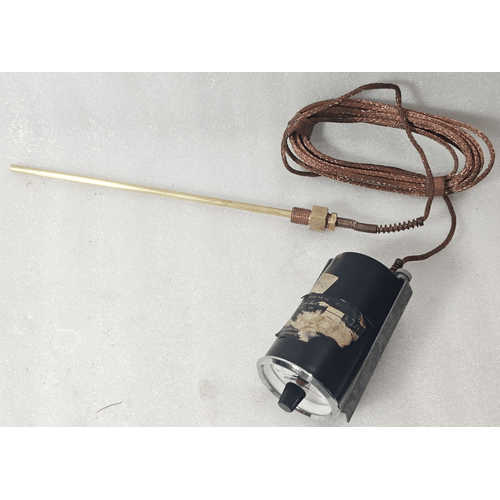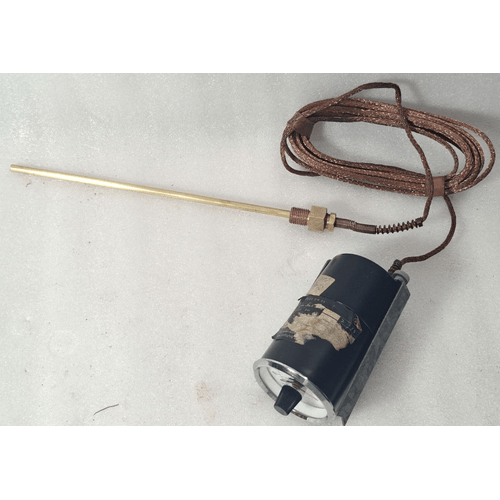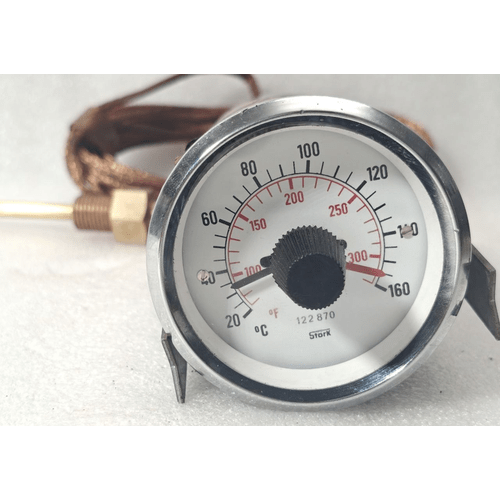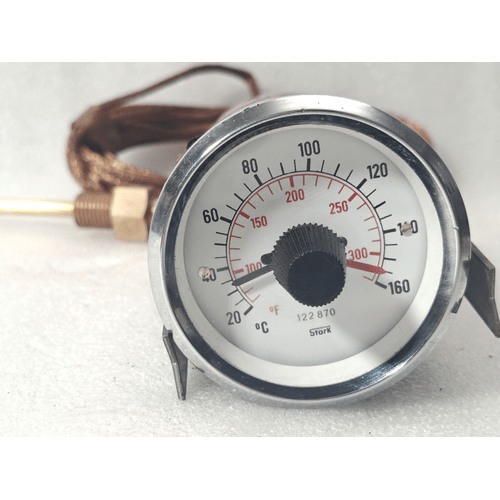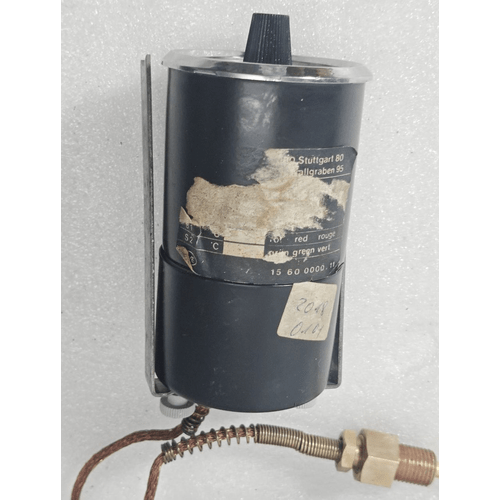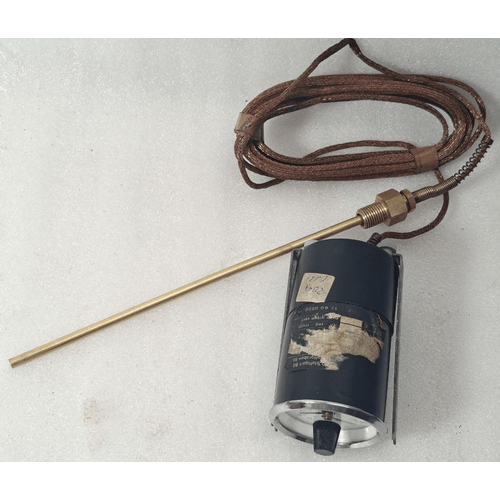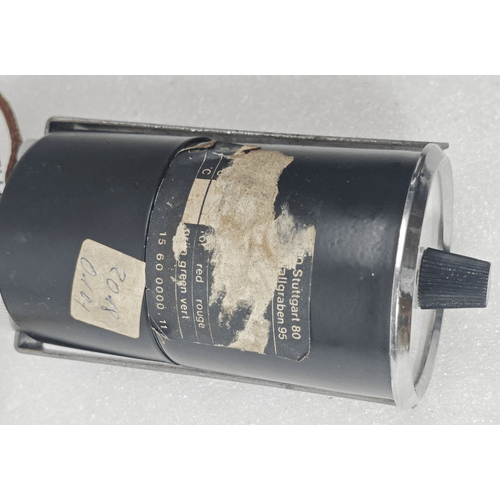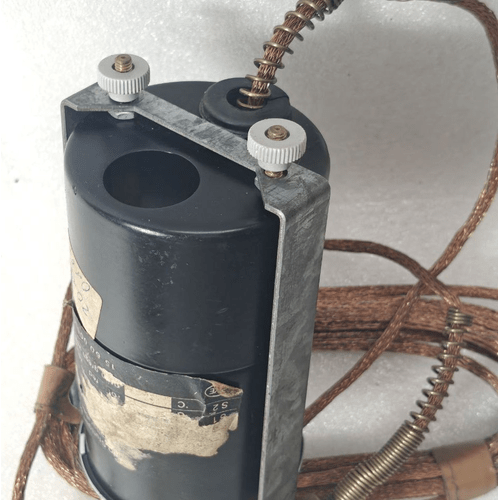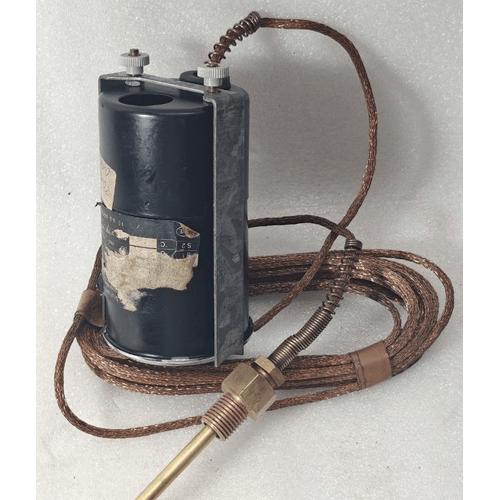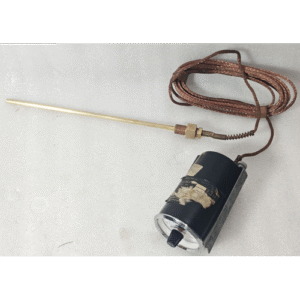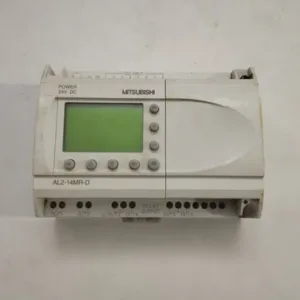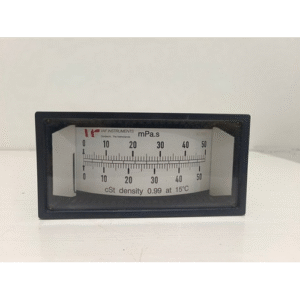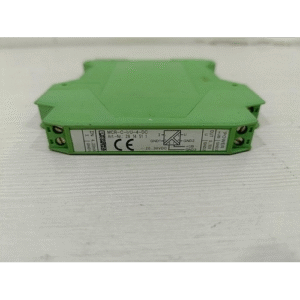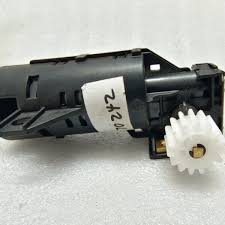The STORK MSW SC156008105-1 is a non-resettable thermal cutoff fuse (often called a thermal fuse or thermal link). This is a one-time-use, sacrificial safety device designed to permanently interrupt an electrical circuit when a specific, pre-determined temperature is exceeded.
Its sole purpose is to act as a fail-safe to prevent appliances from overheating to the point of causing a fire, melting internal components, or suffering electrical insulation failure. The “AC 250V” rating confirms its use in standard mains voltage applications. The “#2” likely indicates a specific lot, revision, or packaging variant.
Key Specifications from the Label
-
Manufacturer: STORK (A major manufacturer of thermal protection devices)
-
Model / Part Number: MSW SC156008105-1
-
Type: Thermal Cutoff (TCO) / Thermal Fuse
-
Rated Voltage: AC 250V (For use in circuits up to 250 Volts Alternating Current)
-
Rated Current: Typically 10A or 15A (The exact amperage is a critical part of the model number and must be confirmed).
-
Temperature Rating: 160°C (The precise temperature at which the fuse will blow and break the circuit.)
-
Temperature Range: 20 to 160°C (Indicates the operating ambient range and the trigger point.)
Key Features and Function
-
One-Time Use Safety Device: This fuse is sacrificial. It operates once and must be replaced. It is not a resettable switch or circuit breaker.
-
Precision Thermal Trigger: Contains a heat-sensitive alloy that melts at exactly 160°C, releasing a spring mechanism that permanently opens the electrical circuit.
-
Fail-Safe Operation: Functions mechanically based on temperature alone. It does not require external power and will operate even if the appliance has a primary electrical failure.
-
Insulated Housing: The housing provides electrical insulation between the leads and protects the internal mechanism from the environment.
How It Works
-
The thermal fuse is installed in series with the circuit it is protecting (e.g., the main power feed to a motor or heating element).
-
Under normal operation, electricity flows unimpeded through the fuse.
-
If a malfunction (e.g., a blocked air vent, failed motor, or stuck thermostat) causes the temperature at the fuse’s location to reach its 160°C rating, the internal element melts.
-
This action permanently breaks the circuit, cutting all power to the device and eliminating the overheating hazard.
Common Applications
This thermal fuse is a critical safety component in a wide array of electrical equipment that generates heat, including:
-
Consumer Appliances: Clothes dryers, hair dryers, coffee makers, rice cookers, bread machines, soldering irons.
-
Office Equipment: Photocopiers, power supplies.
-
Industrial Equipment: Transformers, AC motors, battery chargers, industrial heaters.
-
Power Tools: Drills, saws, sanders.
Important Notes for Replacement/Repair
-
Critical Safety Component: Never bypass a blown thermal fuse. Doing so removes a primary safety protection and creates a serious fire hazard. It must always be replaced.
-
Exact Match is Mandatory: The replacement fuse must have the exact same specifications:
-
Identical Temperature Rating (160°C)
-
Identical Voltage Rating (AC 250V)
-
Identical or Higher Current Rating (Amps) – Using a fuse with a lower current rating is dangerous.
-
Same Physical Size and Form Factor – It must fit in the original location.
-
-
Symptom, Not Cause: A blown thermal fuse is a symptom of an underlying problem. The root cause (e.g., a failed motor, clogged air intake, faulty main thermostat) must be diagnosed and repaired before installing the new fuse. Otherwise, the new fuse will likely blow again.
-
Testing: It can be tested for continuity with a multimeter. A good fuse will show continuity (very low resistance). A blown fuse will show no continuity (infinite resistance or “OL” on the meter).


